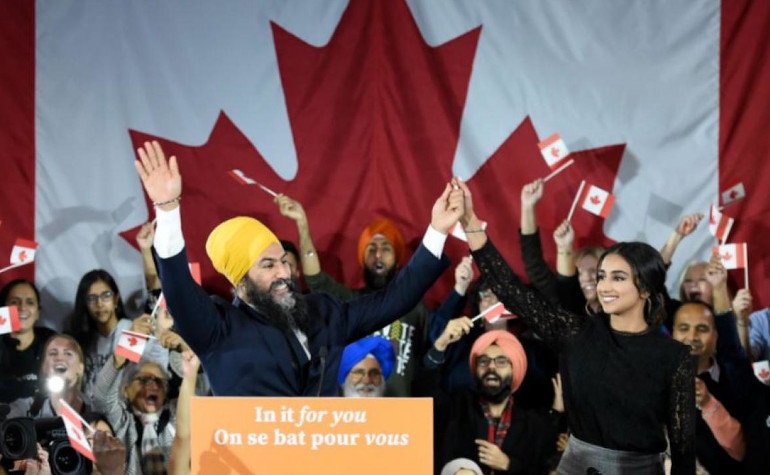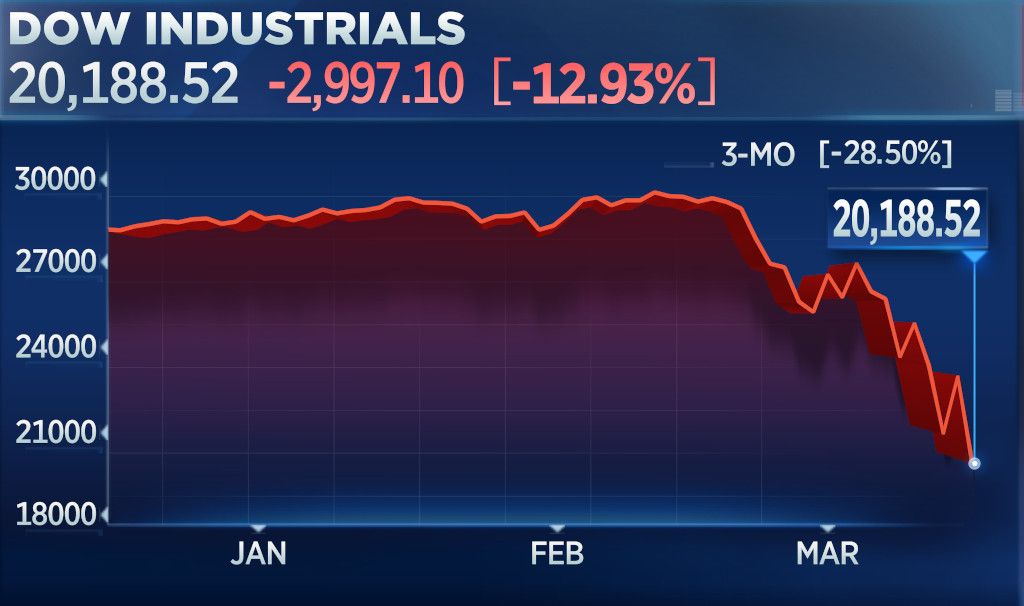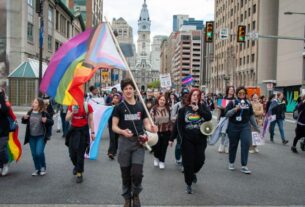Before the by-elections on February 26, the NDP had held two of the three seats being contested. By the end of the night they only had one seat — yet they were celebrating. This is a worrying sign of how low the party’s sights are set.
The NDP are celebrating that their leader, Jagmeet Singh, was elected in Burnaby. Yet the former leader Mulcair’s seat of Outremont was decisively won by the Liberals.
The NDP is around 14% in opinion polls and has little public profile or traction. Based on the Outremont result, the NDP could lose most or all of its current 15 seats in Québec. The orange wave of 2011, winning 59 seats, will be probably be at best a small orange trickle in 2019.
There is an election in Alberta this spring and the NDP looks set to be defeated. This would leave only BC with an NDP government, and it relies on the Greens to have a majority.
Four years ago, it was all so different. The NDP won a surprise victory in Alberta in May. The NDP was the official opposition federally; it was climbing in opinion polls until, in the summer of 2015, it was leading.
The summer of 2015 was the NDP’s highpoint. A couple of months later, it finished a poor third in the October election. The NDP lost over half of its seats, down to 44 MPs, and its share of the vote was down from over 30% in 2011 to 20% in 2015. The federal election was lost because the NDP had a cautious uninspiring platform and ran a dull campaign. Trudeau sounded more radical and captured the mood of the time which combined kick out Harper and for real change. Of course, as the years since the election have demonstrated, Trudeau was mostly talk but it won his Liberal party the election.
Since its October 2015 defeat, the NDP has continued its moderate cautious approach, with either a lame duck leader in Mulcair, or a leader not even elected to the House of Commons. The lack of energy generated around the Leap manifesto, after its launch in 2015, contrasts to the enthusiasm to the Green New Deal in the US. The NDP’s lack of campaigning and bold policies have contributed to a continuation of falling support.
After Trump’s election most Canadians were smugly thinking that it wouldn’t happen here. Now with Doug Ford in Ontario, the CAQ in Québec and the likely victory of Kenney in Alberta, right-wing populism has come to Canada. So far Maxime Bernier’s People’s Party is running below 5% in most polls and only gained 2% in Outremont and York-Simcoe. However, with a high profile reactionary candidate in Burnaby, they gained 2,420 votes, nearly 11%. The more real threat of right-wing populism is from the mainstream parties of Ford, Legault and Kenney.
A large portion of Canadians see none of Trudeau’s sunny ways. Their jobs feel insecure. They are worried about debts — from paying for education, over-stretched mortgages and consumer debt, trying to compensate for low and stagnant wages. Many renters and home buyers face unaffordable housing. Life is stressful.
This is the reality that right populists feed on. They put forward simplistic answers, often with veiled attacks on new immigrants and hypocritical attacks on the “elites.”
Scheer so far has not made up his mind on how far to move to right populism. His wooden performances don’t help to deliver tub thumping populism. However he welcomed the few hundred “United We Roll” protesters in Ottawa, saying “We’re fighting for you. We’re standing with you.” The convoy had clear links to racist groups. Scheer has also used dog whistle phrases to attack refugees and recent immigrants.
In the US alongside the rise of Trump, there is a bold audacious left represented by Bernie Sanders, Alexandria Ocasio-Cortez and Kshama Sawant. Many in Canada look with longing to this trend as there is no sign of a similar left in Canada. The best way to counter the rise of the right is with socialist policies. Currently in Canada there is no such alternative so the right makes all the running in claiming to care for ordinary people.
Even if one or two NDP MPs launched a bold campaign it would make a difference. There is a gaping void on the left of Canadian politics. Unless the NDP changes course, moving to fill the political space on the left, it can drift to a further setback.
There is glaring need for a party for working class people that campaigns all the time, not just in elections. A party that stands in solidarity with people in struggle and is democratic. Canadians need a party that fights to tackle poverty and inequality by bringing in strong taxes on the super rich and invests in public services including free education and a massive national public housing building program. Given the mounting climate change disaster and the dependence of many workers, their families and communities on the fossil fuel industry, Canada urgently needs a green jobs plan to transition to clean energy and provide good union jobs.



